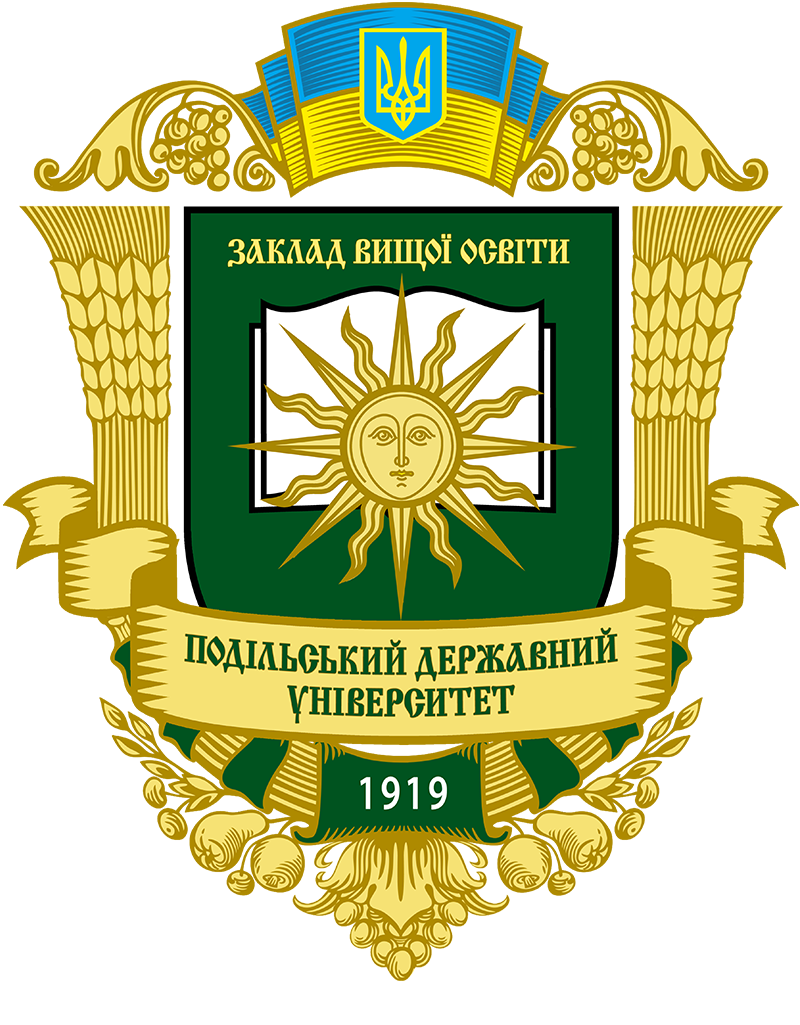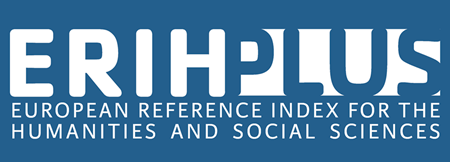MODERN METHODS AND WAYS OF PURIFICATION OF SUNFLOWER OIL
DOI:
https://doi.org/10.37406/2706-9052-2025-3.20Keywords:
phospholipid content, hydration, ultrasound, membrane technologies, sunflower oil, purificationAbstract
The review article is devoted to the comparison of the most common methods of hydration of vegetable oils. Its purpose is a detailed analysis of modern methods and technologies for refining sunflower oil, identification of their advantages and disadvantages, as well as assessment of the prospects for the application of innovative solutions. This will allow to increase the efficiency of production processes, reduce losses of biologically active components and minimize environmental and economic risks. Hydration is the first stage of oil processing, the purpose of which is to remove phospholipids, the presence of which makes it impossible to carry out all other stages of refining qualitatively. The fractional composition of vegetable phospholipids of various oils is given. The disadvantages, advantages and efficiency of traditional hydration are compared. Modern purification technologies are considered, such as enzymatic methods, membrane technologies, as well as the use of ultrasonic and electrophysical effects. The intensification of mixing of the oil – hydration agent phases leads to a significant increase in the efficiency of hydration. The article considers the use of ultrasonic devices for this purpose. A promising direction in the development of food industry technologies today is the use of membranes. The features of this physical method of hydration are considered. Innovative purification methods, including membrane technologies, enzymatic methods, ultrasonic cleaning and combined approaches, open up new opportunities for improving the quality of sunflower oil. They allow not only to more effectively remove impurities, but also to preserve the organoleptic properties of the product, its transparency, aroma and taste characteristics. In addition, these technologies minimize the loss of useful components, which increases the nutritional value of the oil and makes it more attractive to consumers. Modern technologies also use centrifugation to separate solid particles and purify oil after alkaline refining, which helps to increase the efficiency of the process and reduce the negative impact on the environment. The effectiveness of innovative approaches in comparison with traditional methods is assessed. The relevance of modern purification methods is confirmed by numerous scientific studies that emphasize their importance for the food industry, environmental safety and economic efficiency. The most effective modern purification methods have been identified in accordance with the requirements for the quality of the final product, and recommendations have been developed for the combined use of traditional and modern technologies to achieve the optimal balance between quality, economic feasibility and environmental sustainability.
References
Гладкий Ф., Волошенко С. Можливість проведення реакції гідратації фосфоліпідів олій з використанням ферментного препарату фосфоліпази С. Вісник Національного технічного університету «Харківський політехнічний інститут». Серія «Нові рішення в сучасних технологіях». 2011. Вип. 5. С. 32–37.
ДСТУ 4492:2017. Олія соняшникова. Технічні умови. Київ, 2018. 27 с.
Нетреба А., Гладкий Ф., Садовничий Г., Левчук І., Кіщенко В. Нові перспективи в технології видалення воскоподібних речовин із соняшникової олії. Вісник Національного технічного університету «Харківський політехнічний інститут». Серія «Інноваційні дослідження в наукових роботах студентів». 2015. № 7 (1116). С. 29–35.
Пешук Л., Носенко Т. Біохімія та технологія оліє-жирової сировини : навчальний посібник. Київ : НУХТ, 2008. 295 с.
Пивоваров П. Теоретичні основи харчових технологій : навчальний посібник. Харків : ХДУХТ, 2010. 410 с.
Ряполова І., Остапчук А. Дослідження впливу ензимів на ступінь обробки соняшникового фузу. Таврійський науковий вісник. Серія «Технічні науки». 2022. № 5. С. 83–89. DOI: 10.32851/tnv-tech.2022.5.11.
Barrera-Arellano D., Ruiz-Méndez V., Velasco J. Loss of tocopherols and formation of degradation compounds at frying temperatures in oils differing in degree of unsaturation and natural antioxidant content. Science Journal, 2002. Vol. 82. Issue 14. P. 1696–1702. DOI: 10.1002/jsfa.1245.
Bollmann H. Process for obtaining the lecithin obtained by leaching oil seeds or their press cake with a mixture of alcohol and benzene or gasoline. German patent DE382912C. 1923.
EN 14105:2024. Fat and oil derivatives – Fatty Acid Methyl Esters (FAME) – Determination of free and total glycerol and mono-, di-, triglyceride contents. Brussels, 2024. 27 p.
ISO 660:2020. Animal and vegetable fats and oils – Determination of acid value and acidity. 2020. 9 p.
ISO 12966-2:2017. Animal and vegetable fats and oils – Gas chromatography of fatty acid methyl esters. 2017. 11 p.
Moradi N., Masoud R., Moeini A., Parsamoghadam M.A. Impact of ultrasound on oil yield and content of functional food ingredients at the oil extraction from sunflower. Separation Science and Technology. 2018. № 53 (2). Р. 261–276. DOI: 10.1080/01496395.2017.1384016.
Nosenko T., Zhupanova D. Comparative study of lipase preparations for enzymatic degumming of sunflower oil. Ukrainian Food Journal. 2023. Vol. 12. Issue 2. P. 252–264.
Nosenko T., Zhupanova D., Nguyen T.H., Nosenko V. Ultrasound degumming of sunflower oil. Ukrainian Food Journal. 2024. Vol. 13. Issue 3. P. 597–608. DOI: 10.24263/2304-974X-2024-13-3-11.
O’Donnell V.B., Rossjohn J., Wakelam M.J. Phospholipid signaling in innate immune cells. J Clin Invest. 2018. Vol. 128 (7). P. 2670–2679. DOI: 10.1172/JCI97944.
Özcan M.M., Köse N. Monitoring of changes in physico-chemical properties, fatty acids and phenolic compounds of unroasted and roasted sunflower oils obtained by enzyme and ultrasonic extraction systems. Journal of Food Measurement and Characterization. 2023. Vol. 17. Р. 849–862. DOI: 10.1007/s11694-022-01626-5.
Passos R.M.P., Ferreira R.S.B., Batista E.A.C., Meirelles A.J.A., Maximo G.J., Ferreira M.C., Sampaio K.A. Degumming alternatives for edible oils and biodiesel production. Food Publ Health. 2019. Vol. 9 (5). Р. 139–147. DOI: 10.5923/j.fph.20190905.01.
Robert C., Couedelo L., Vaysse C., Michalski M.C. Vegetable lecithins: a review of their compositional diversity, impact on lipid metabolism and potential in cardiometabolic disease prevention. Biochimie. 2019. Vol. 169. Р. 121–132. DOI: 10.1016/j.biochi.2019.11.017.
Sandeep S. Developments in the Technology of Oils and Refineries. CRC Press. 2021. 27 р.
Singh T., Shukla S., Kumar P., Wahla V., Bajpai V.K., Rather I.A. Application of nanotechnology in food science: perception and overview. Frontiers. 2017. Т. 8. P. 583–591. DOI: 10.3389/fmicb.2017.01501.
Sytnik N., Kunitsia E., Mazaeva V., Chernukha A., Kovalov P., Grigorenko N., Gornostal S., Yermakova O., Pavlunko M., Kravtsov M. Rational parameters of waxes obtaining from oil winterization waste. Eastern-European Journal of Enterprise Technologies. 2020. Vol. 6 (10). Р. 29–35. DOI: 10.15587/1729-4061.2020.219602.
Tahaa A., Mehanye T., Pandiselvamg R., Siddiquih S.A., Mir N.A., Malik M.A., Sujayasreel O.J., Alamurum K.C., Khanashyamn A.C., Casanovao F., Xua X., Pana S., Hu H. Sonoprocessing: mechanisms and recent applications of power ultrasound in food. Critical Reviews in Food Science and Nutrition. 2024. Vol. 64. Issue 17. P. 6016–6054. DOI: 10.1080/10408398.2022.2161464.
Thilakarathna R.C.N., Siow L.F., Tang T.K., Lee Y.Y. A review on application of ultrasound and ultrasound assisted technology for seed oil extraction. Journal of Food Science and Technology. 2023. Vol. 60. P. 1222–1236. DOI: 10.1007/s13197-022-05359-7.
Wibisono Y., Nugroho W.A., Chung T.W. Dry degumming of corn-оil for biodiesel using a tubular ceramic membrane. Procedia Chemistry. 2014. Vol. 9. P. 210–219. DOI: 10.1016/j.proche.2014.05.025.
Zhong L., Huilin Z., Xuan L., Weifei, W., Dongming, L., Yonghua W. A novel thermo-responsive phospholipase A1 with high selectivity and efficiency in enzymatic oil degumming. Food Chemistry. 2024. Vol. 456. Р. 1082–1098. DOI: 10.1016/j.foodchem.2024.139624.











